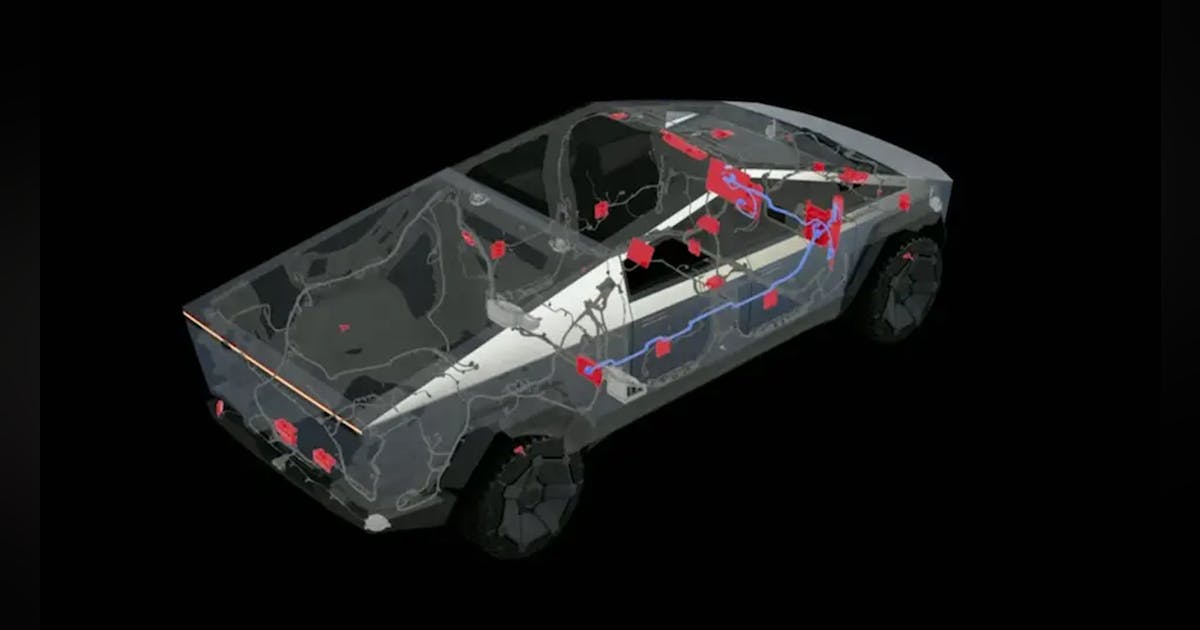I have been getting spammed with adverts for lithium 12v car batteries.
smaller , lighter and 10 year warranty ... however Christ they are expensive.
still... I may consider it when my ipace 12v needs replacing.
Depending on usage a standard car battery can be dead in as little as 100 deep discharge cycles, EFB/AGM a bit better, some lithium types can take in excess of 3000 under similar use.



 .
.